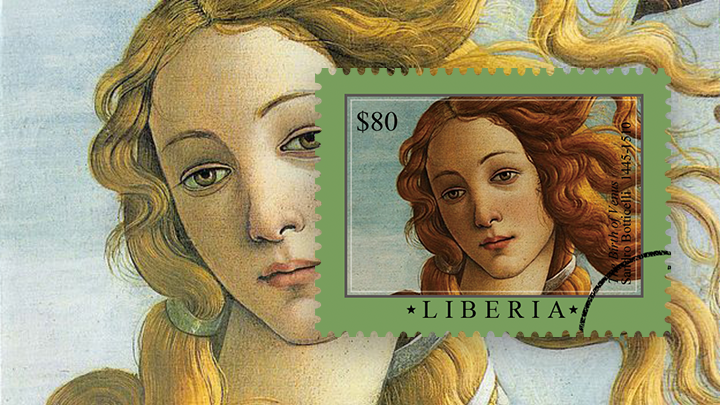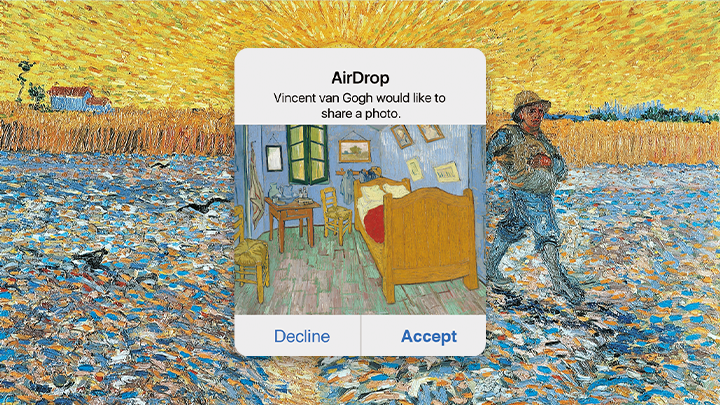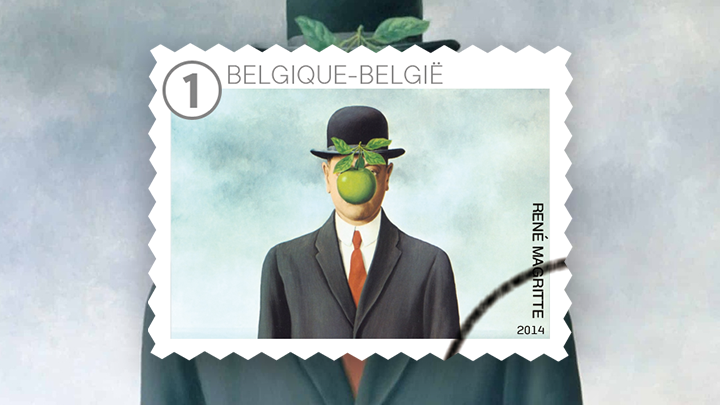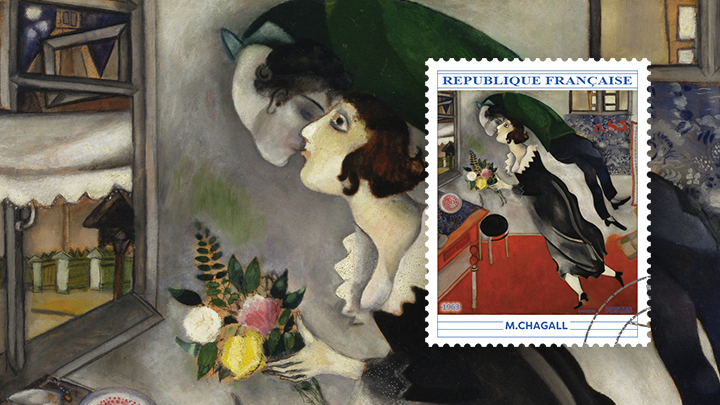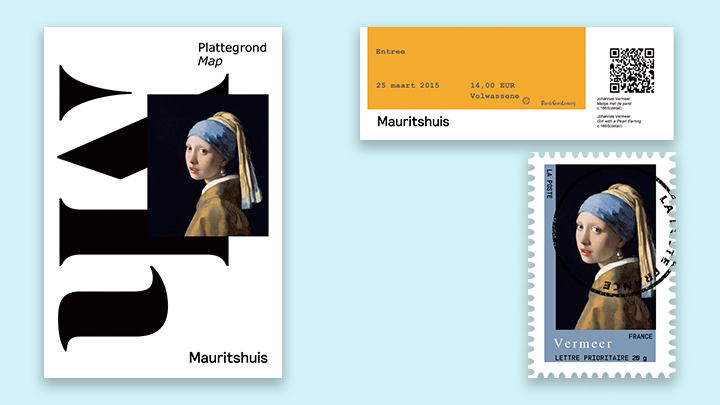The Son of Man from René Magritte, why did he put an apple in front of the man's face? What did the artist try to tell?
René Magritte's "The Son of Man" is a famous surrealist painting that features a man in a suit and bowler hat with an apple hovering in front of his face. Magritte painted this in 1964, and it has intrigued art enthusiasts and critics with its mysterious and thought-provoking imagery.
The painting is open to various interpretations, as Magritte often imbued his works with ambiguity. Here are some possible interpretations of why Magritte placed an apple in front of the man's face:
1. Exploration of Identity and Anonymity: By covering the man's face, Magritte could be commenting on the theme of identity and anonymity. The apple obscures the man's facial features, making him a kind of Everyman, representing anyone and everyone. This could suggest the hidden nature of human identity and how appearances can be deceptive.
2. Challenge to Perception: Magritte was known for challenging viewers' perceptions and expectations. The apple in front of the face disrupts the ordinary way we see and understand portraits. This disruption forces viewers to question their assumptions about reality and appearance.3. Biblical Reference: The apple is often associated with the biblical story of Adam and Eve and the notion of forbidden knowledge. By placing the apple in front of the man's face, Magritte might be alluding to themes of temptation, knowledge, and the loss of innocence. It suggests a hidden or forbidden truth just out of reach.
4. Surrealism and Mystery: As a surrealist, Magritte was interested in creating enigmatic and dreamlike images. The apple adds an element of mystery and surrealism, making the painting more intriguing and encouraging viewers to delve into their interpretations.
5. Personal Interpretation: Magritte himself said about the painting, “Everything we see hides another thing, we always want to see what is hidden by what we see.” This statement aligns with the idea that the apple symbolizes the hidden layers of reality and the constant human desire to uncover what lies beneath the surface.
Magritte's work often resists a single, definitive interpretation, inviting viewers to engage with the painting and derive their meanings.

